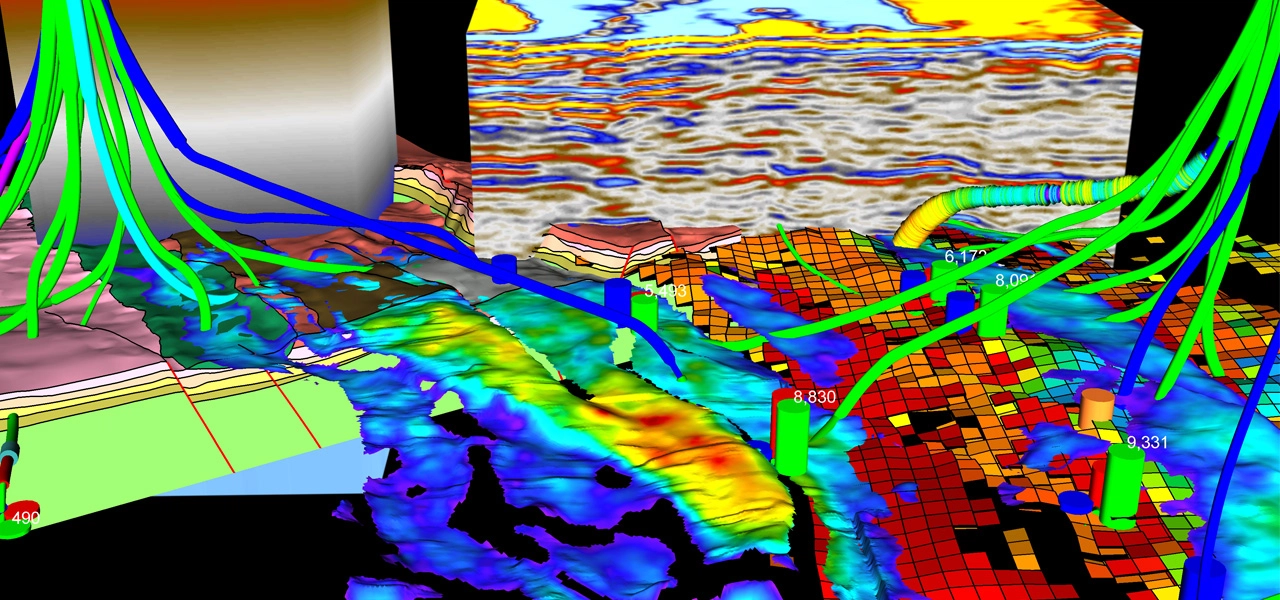Seismic inversion software, a sophisticated geophysical technique, has become indispensable in the oil and gas industry. By converting seismic reflection data into detailed rock-property models of the subsurface, seismic inversion enhances exploration and production efficiency, reduces risks, and optimizes resource management. Here’s an in-depth look at seismic inversion methods and its critical role in the oil and gas sector today.
Understanding Seismic Inversion
- Definition and Process: Seismic inversion transforms seismic reflection data into quantitative information about subsurface rock properties. This process involves:
- Data Collection: Acquiring seismic data through surveys.
- Pre-Processing: Cleaning and preparing data for analysis.
- Inversion: Applying mathematical algorithms to convert seismic data into models of rock properties such as acoustic impedance, porosity, and fluid saturation.
- Types of Seismic Inversion:
- Post-Stack Inversion: Works on stacked seismic data to produce models of acoustic impedance.
- Pre-Stack Inversion: Uses pre-stack data for a more detailed analysis, yielding models that include shear impedance and density.
- Simultaneous Inversion: Integrates multiple seismic attributes for a comprehensive subsurface model.
Importance in the Oil and Gas Industry
- Enhanced Reservoir Characterization: Seismic inversion provides detailed insights into reservoir properties, enabling geoscientists to identify and delineate hydrocarbon-bearing formations accurately. By understanding variations in rock properties, companies can better estimate the volume of recoverable resources and make informed drilling decisions.
- Improved Exploration Success: The ability to create accurate subsurface models reduces the risk associated with exploration. Seismic inversion helps identify the most promising drilling locations, thereby increasing the likelihood of successful hydrocarbon discoveries and reducing the costs of dry wells.
- Optimal Production Planning: During the production phase, seismic inversion aids in monitoring reservoir changes over time. By integrating time-lapse (4D) seismic data, companies can track fluid movement, identify bypassed oil, and optimize well placement and production strategies. This leads to more efficient resource extraction and maximizes recovery.
- Environmental and Safety Benefits: Accurate subsurface models are crucial for safe drilling and production operations. Seismic inversion helps identify potential geohazards, such as faults and unstable formations, thereby minimizing the risk of drilling incidents and environmental spills. This contributes to safer operations and a reduced environmental footprint.
Technological Advancements
- Machine Learning and AI: The integration of machine learning and artificial intelligence has revolutionized seismic inversion. These technologies can analyze large datasets, identify patterns, and improve the accuracy of inversion results. AI-driven inversion tools enhance predictive capabilities and reduce the time required for data processing.
- Real-Time Inversion: Advancements in real-time data processing allow seismic inversion results to be available almost instantaneously during data acquisition. Real-time inversion facilitates immediate decision-making, optimizing drilling operations and reducing downtime.
- Cloud Computing and Big Data: Cloud computing and big data analytics have significantly enhanced the processing power available for seismic inversion. These technologies enable the handling of massive datasets, provide scalable resources for complex calculations, and ensure that inversion results are accessible from anywhere, enhancing collaboration and efficiency.
Practical Applications
- Exploration and Appraisal: In the exploration phase, seismic inversion helps geoscientists identify prospective areas and evaluate the potential of new hydrocarbon plays. During appraisal, it provides detailed reservoir models that inform the viability and development strategy of discovered resources.
- Reservoir Management: Seismic inversion is vital for effective reservoir management. It helps monitor reservoir performance, guides secondary recovery methods like waterflooding or gas injection, and supports the development of enhanced oil recovery (EOR) techniques.
- Unconventional Resources: In the context of unconventional resources, such as shale gas and tight oil, seismic inversion provides critical information about rock brittleness and natural fracture networks. This information guides hydraulic fracturing operations, optimizing fracture design and improving production rates.
Conclusion
Seismic inversion has become a cornerstone of modern oil and gas exploration and production. Its ability to transform seismic data into detailed subsurface models provides invaluable insights that enhance exploration success, optimize production, and ensure safe and efficient operations. As technology continues to advance, seismic inversion will play an even more pivotal role in unlocking and managing the world’s hydrocarbon resources. For the oil and gas industry, embracing seismic inversion means staying at the forefront of innovation and maintaining a competitive edge in an increasingly complex and challenging environment.










